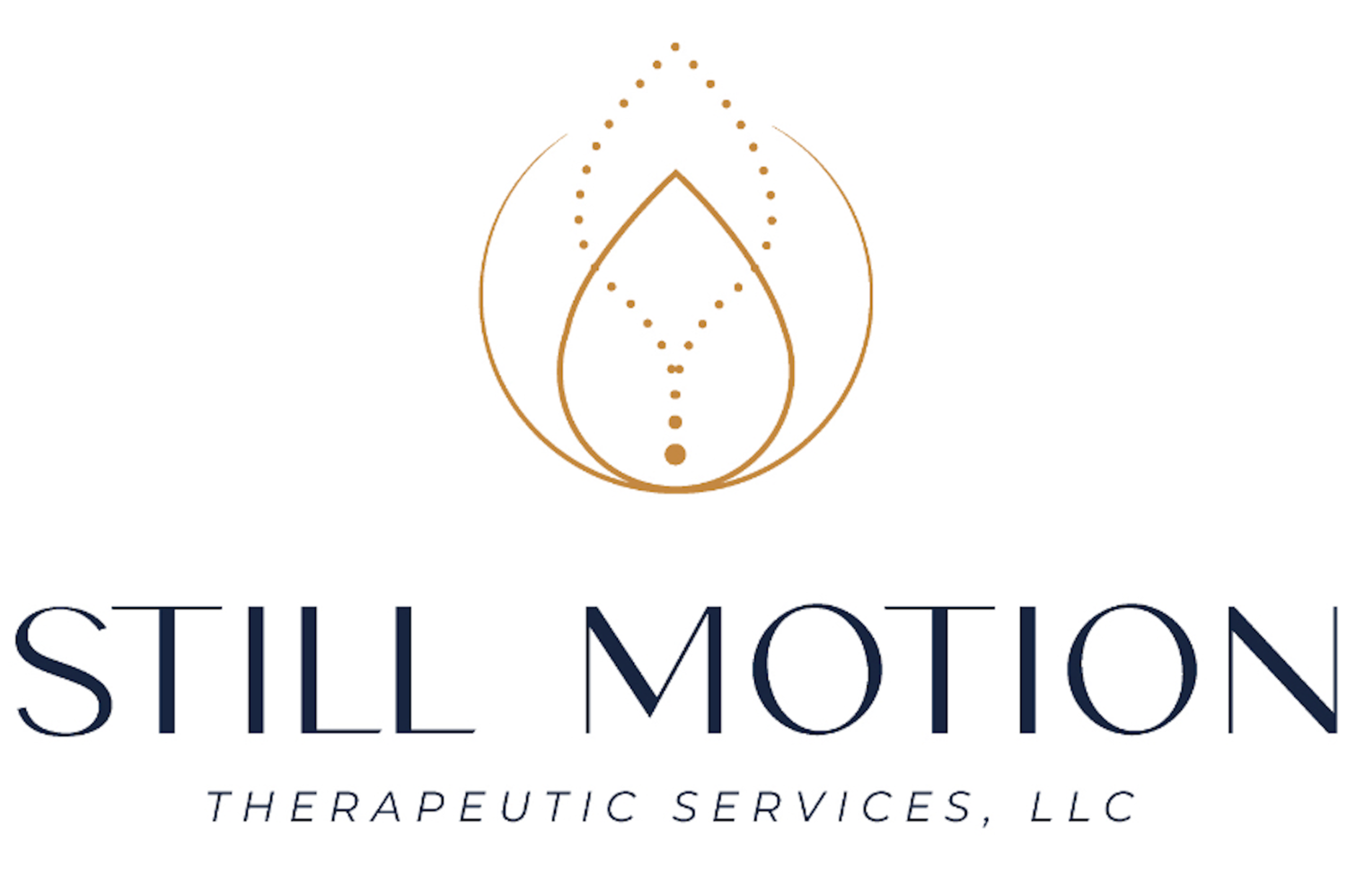Healthy Boundaries: Why They Matter and How to Set Them
/Have you ever said “yes” to something when you really wanted to say “no”? Or felt drained after spending time with someone, even if the interaction seemed “normal”? These experiences often point to boundaries that aren’t clearly defined.
Boundaries are essential for protecting your mental, emotional, and physical well-being. They allow you to maintain healthy relationships, prevent burnout, and honor your own needs. Setting and maintaining boundaries isn’t selfish—it’s an act of self-respect.
Why Boundaries Matter
Healthy boundaries are crucial because they:
Protect Mental Health: They reduce stress, anxiety, and resentment.
Strengthen Relationships: Clear boundaries foster trust, respect, and mutual understanding.
Build Self-Worth: Saying “no” communicates that your needs matter.
Encourage Balance: Boundaries help prevent overcommitment and people-pleasing.
Without boundaries, it’s easy to feel overwhelmed, taken advantage of, or disconnected from your own values and desires.
Signs You Might Need Stronger Boundaries
Feeling drained after interactions with certain people.
Saying yes out of guilt or fear of conflict.
Difficulty making decisions without others’ approval.
Frequent resentment toward family, friends, or coworkers.
Overcommitting at work, home, or social activities.
Recognizing these signs is the first step toward building healthier boundaries.
Types of Boundaries
Boundaries can take many forms:
Physical Boundaries: Personal space, touch, privacy.
Emotional Boundaries: Protecting your feelings and energy; deciding how much to share.
Time & Energy Boundaries: Saying no to overcommitment; protecting rest and personal priorities.
Material Boundaries: Setting limits around possessions, money, or lending.
Digital Boundaries: Social media sharing, online availability, or screen time limits.
Understanding the type of boundary you need helps you communicate it effectively.
How to Set Healthy Boundaries
Get Clear on Your Needs: Reflect on situations that leave you drained, anxious, or resentful.
Communicate Directly and Kindly: Use “I” statements, e.g., “I need some quiet time after work.”
Start Small: Practice setting low-stakes boundaries before tackling more challenging ones.
Stay Consistent: Follow through on boundaries, even if others resist or push back.
Expect Discomfort at First: Feeling guilty or nervous is normal, but it decreases with practice.
Boundaries are a skill. The more you practice, the easier they become.
Healthy Boundaries vs. Walls
It’s important to distinguish boundaries from walls:
Boundaries are flexible, respectful, and promote connection.
Walls are rigid, isolating, and keep people out entirely.
Healthy boundaries protect you without shutting others out. They allow relationships to thrive while keeping your well-being intact.
Healthy boundaries are a cornerstone of self-care, well-being, and strong relationships. They empower you to protect your energy, express your needs, and maintain balance in your life.
Ask yourself: What’s one boundary I could set this week to protect my peace?
If setting boundaries feels challenging, therapy can provide guidance, support, and practical tools to help you establish them confidently.
Investing in healthy boundaries is investing in yourself—and your life will feel more balanced and fulfilling because of it.

